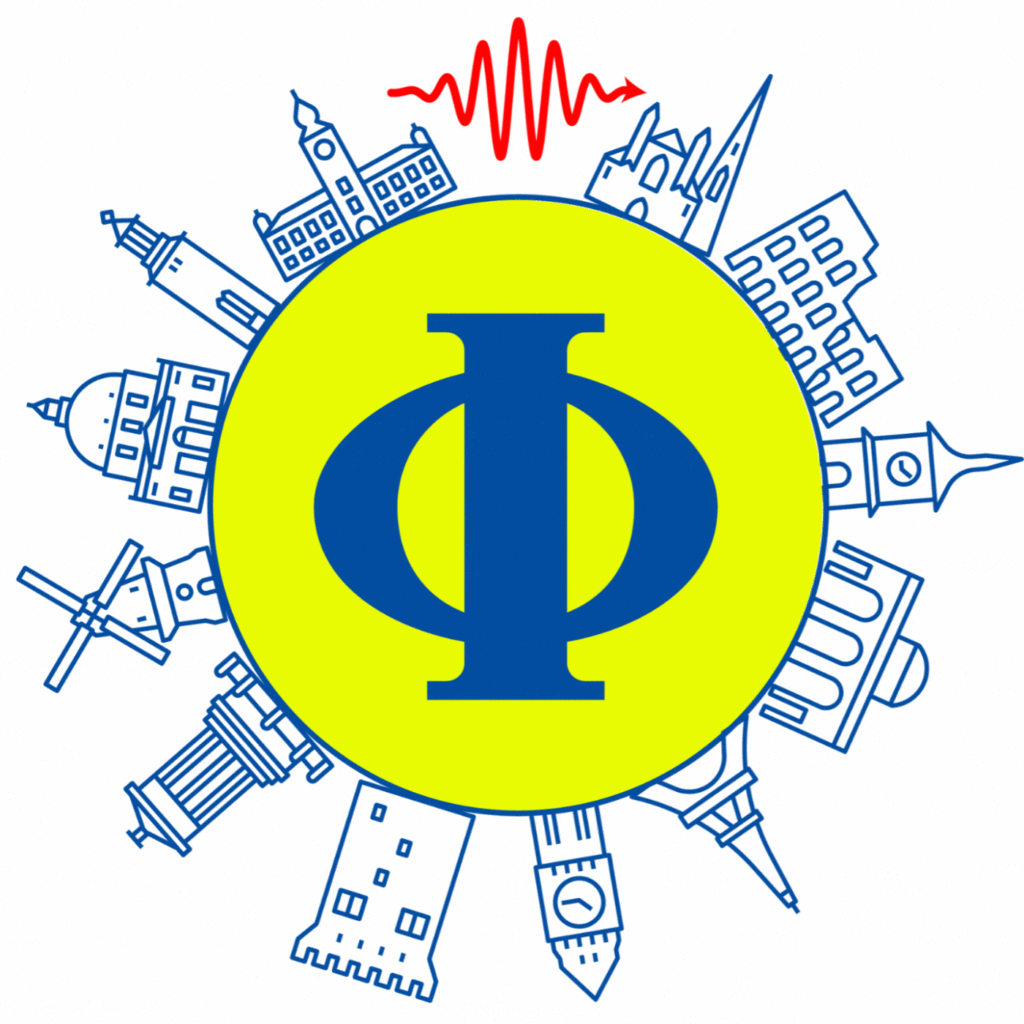
QuanTour
12 months, 12 labs, 1 source.
#SUPERquantum #QTorch #QuanTour
“QuanTour” is an official outreach project of the DPG for the “International Year of Quantum Science and Technology 2025”.
About QuanTour
QuanTour is an exciting journey featuring a quantum light source travelling through Europe over the course of 12 months. This one-of-a-kind initiative will take the source to 12 laboratories across 12 different countries, showcasing the quantum nature of light at each stop. Together with The Science Talk, the organizers Doris Reiter and Tobias Heindel will bring the science of QuanTour to you. Join us on this special journey of discovery with QuanTour! Visit the QuanTour homepage for more information and be sure to follow the captivating journey of the source on Instagram. Don’t miss out on our enlightening podcasts– tune in and explore the fascinating world of quantum physics with us!
Collaboration – The Science Talk x QuanTour
Together with the organisers, Doris & Tobi, all of the 12 QuanTour Heroes (Group leaders of each of the 12 labs) will feature on The Science Talk’s flagship podcast Under the Microscope. Each 30 min episode is a conversation with a materials/nano scientist where the scientist speaks about their research, their career journey, research project they are most proud of and their 3 wishes to improve the research experience.
Join us as we uncover the incredible world of materials, nanoscience and now also quantum physics.
On Under the Microscope podcast features discussions with the organisers and the 12 participating QuanTour Heroes, each leading a quantum laboratory and hosting the quantum light source for a couple of weeks. Gain fascinating insights into quantum technologies, single photons, and quantum security!
QuanTour Podcast Episodes at a glance
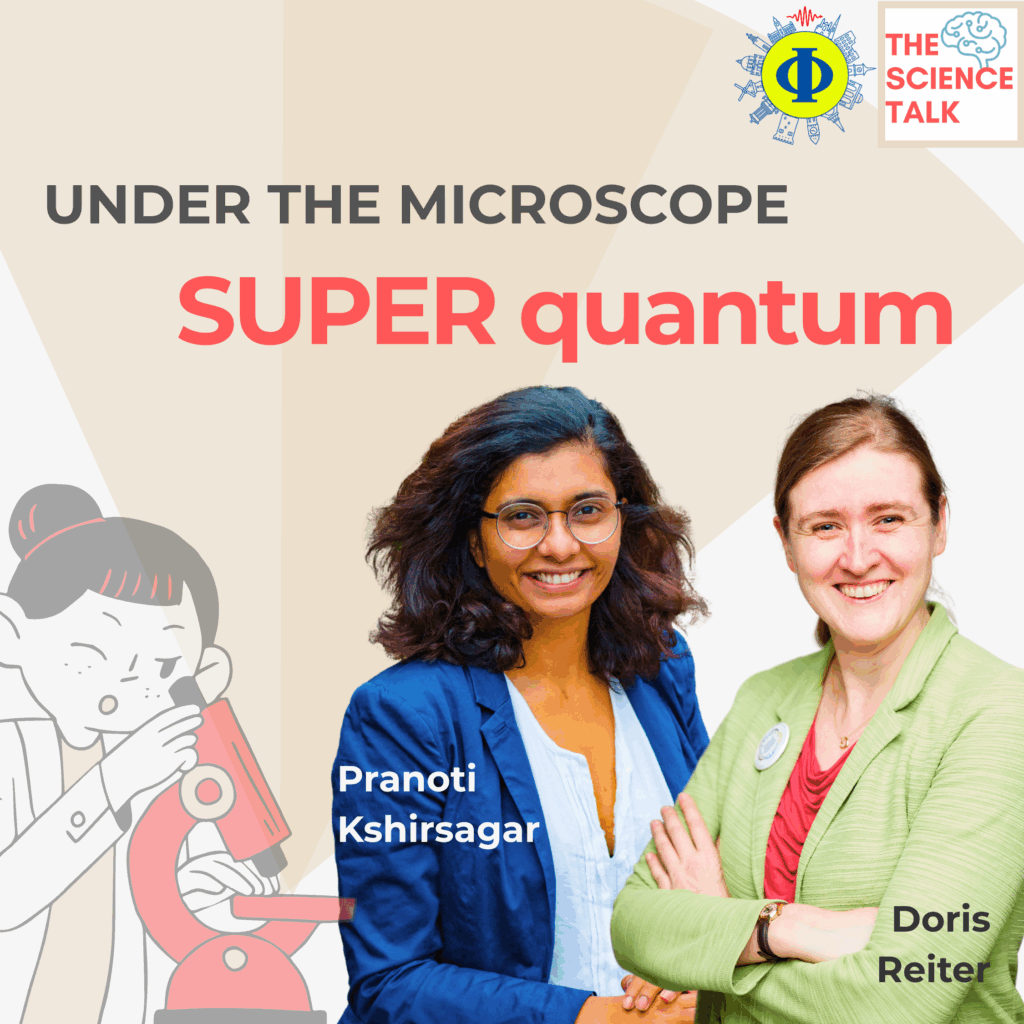
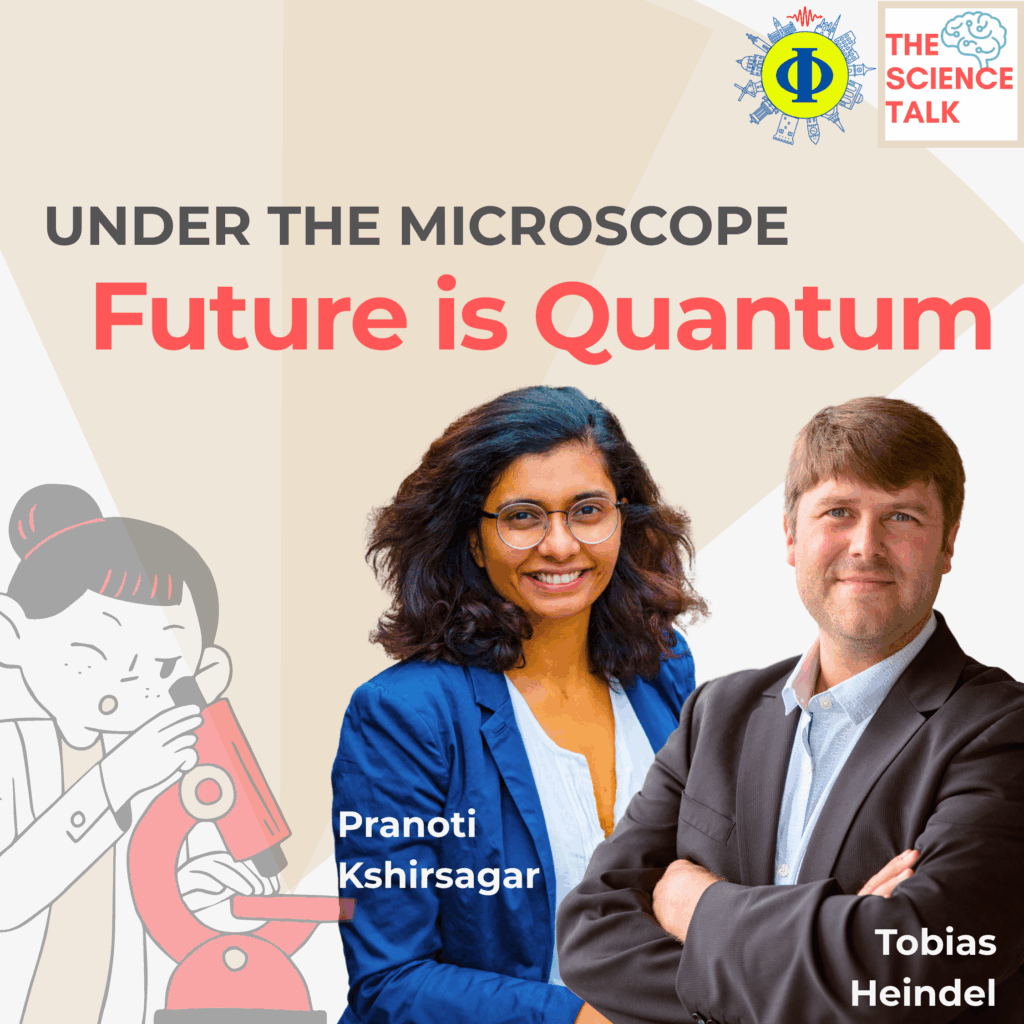
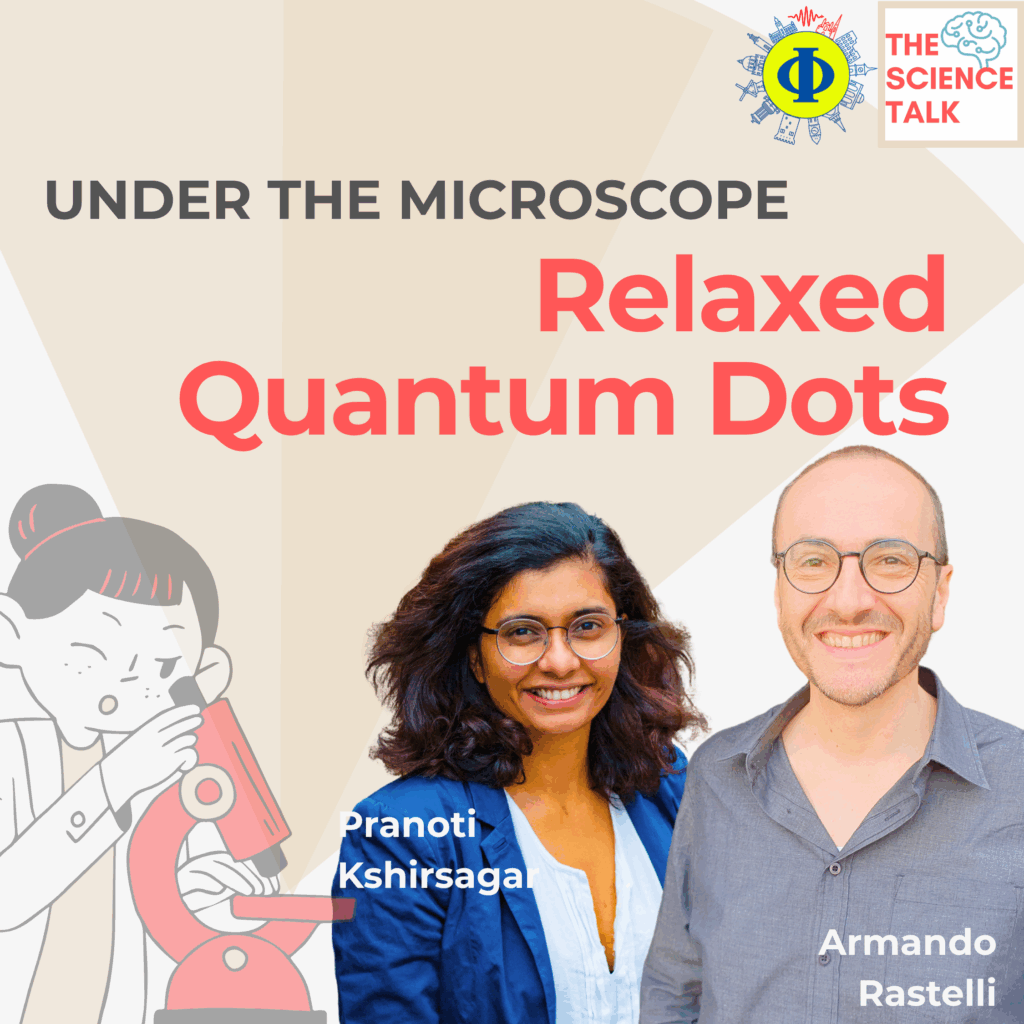
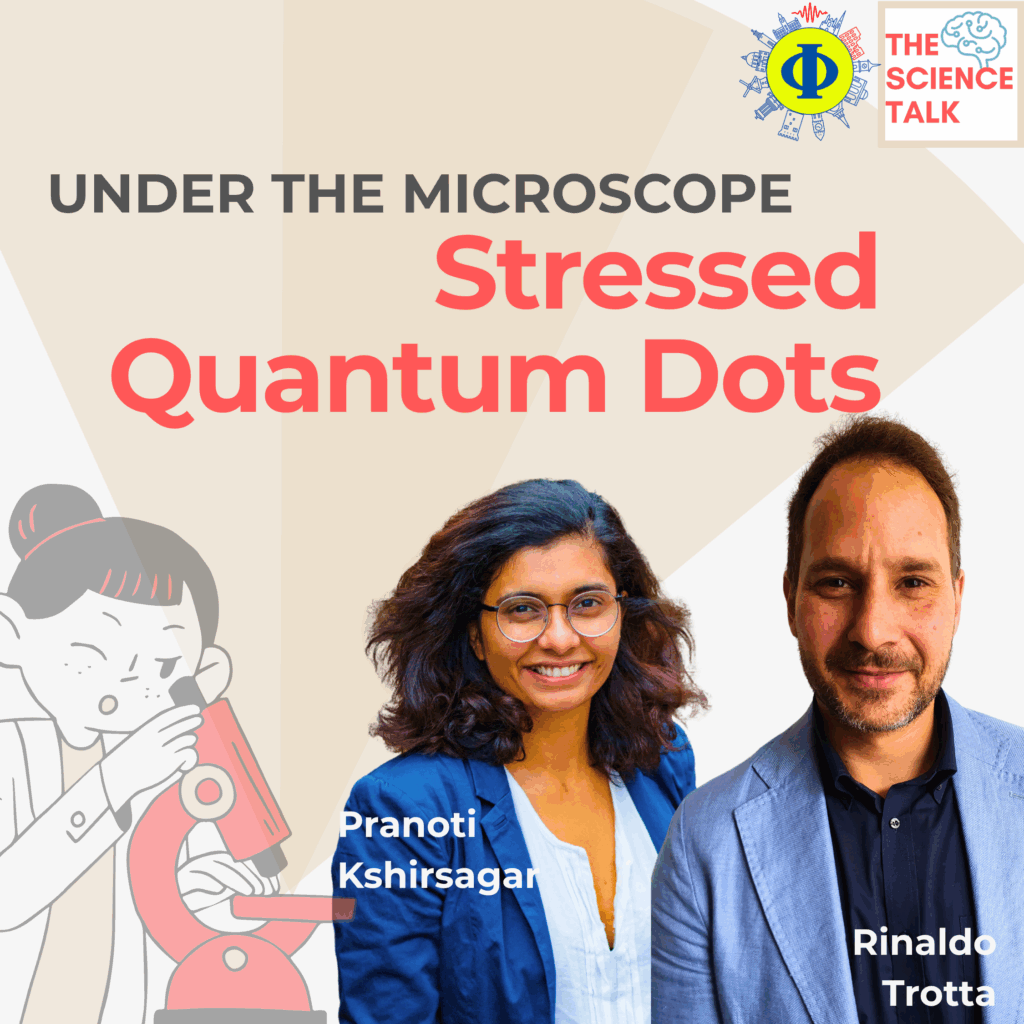
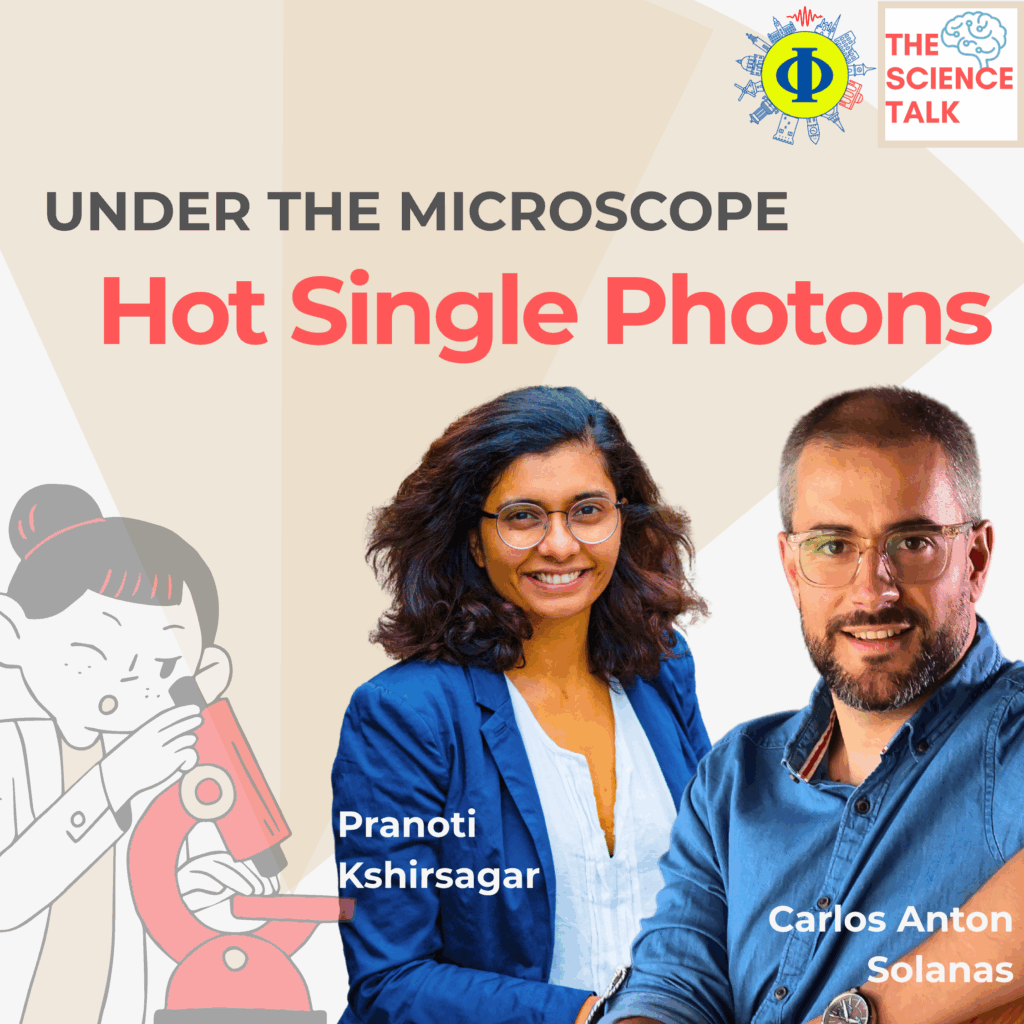
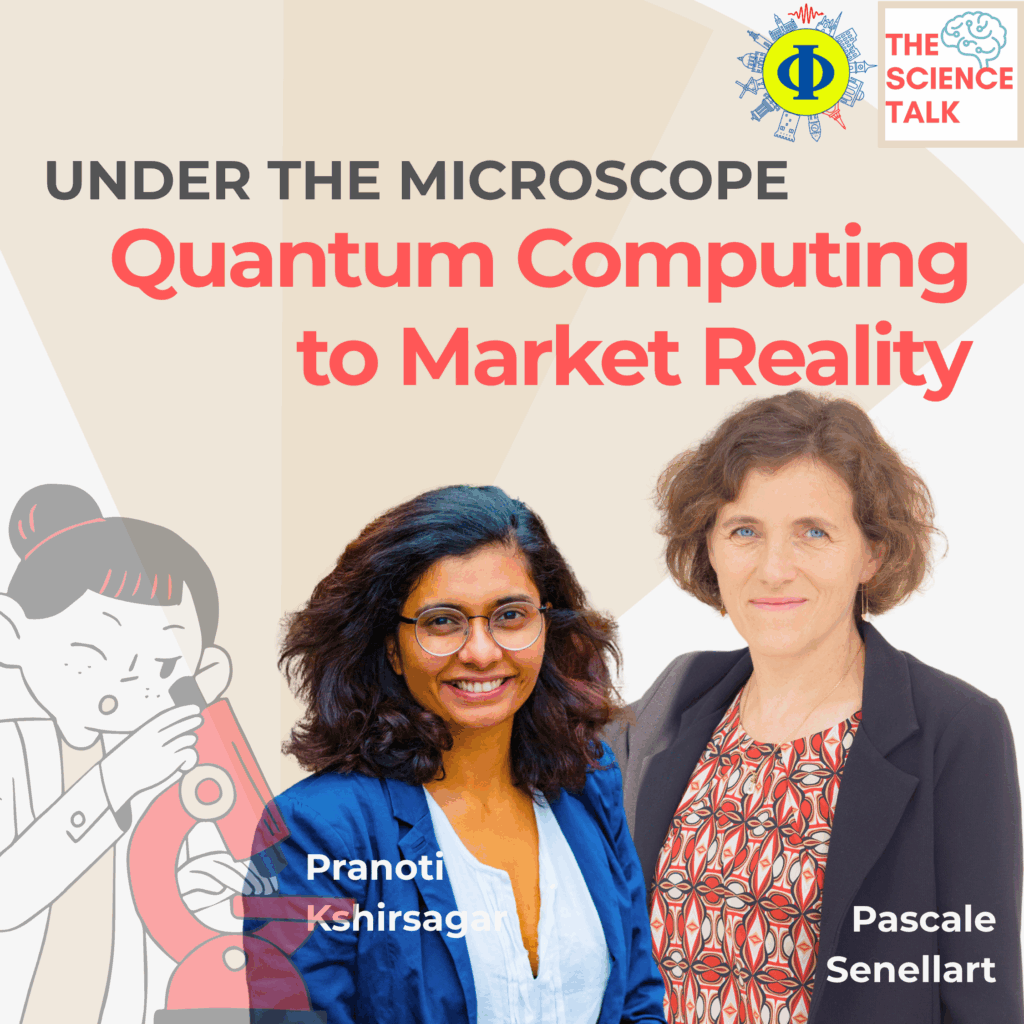
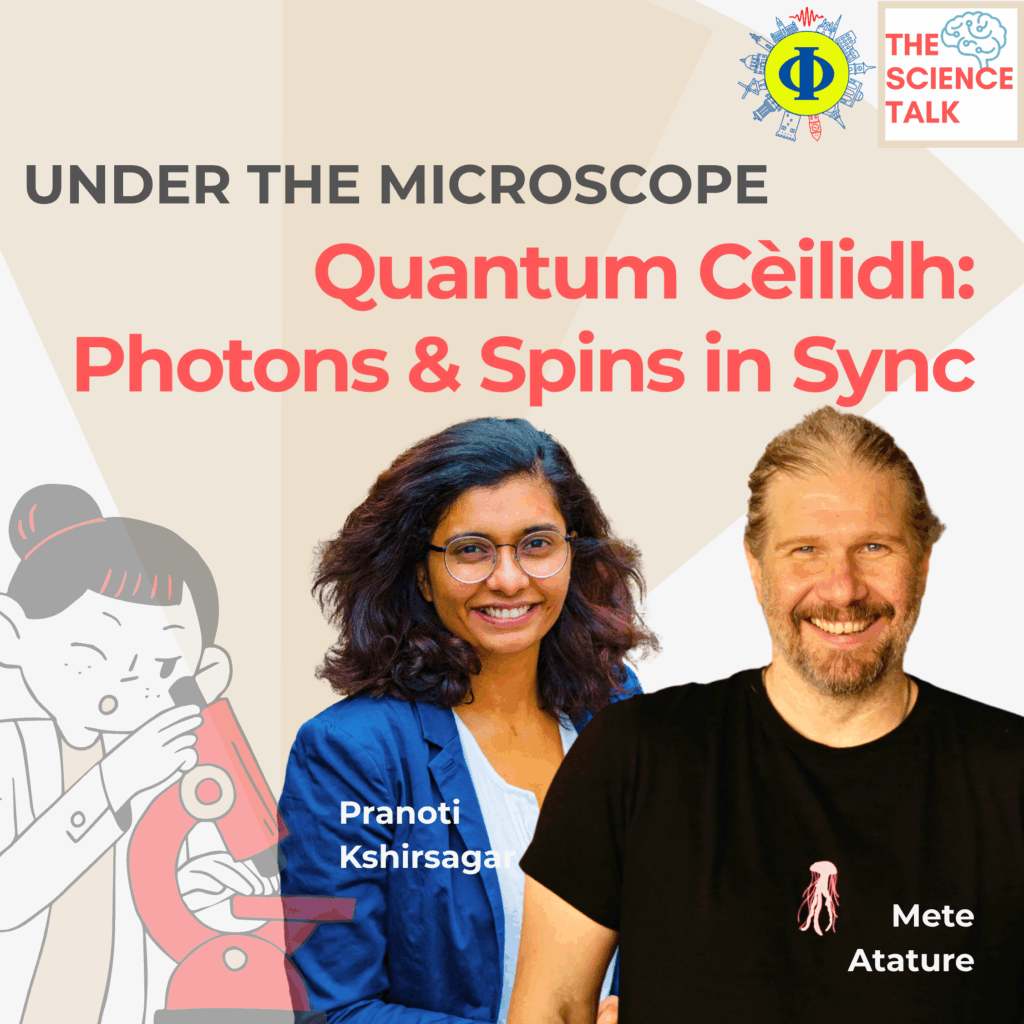
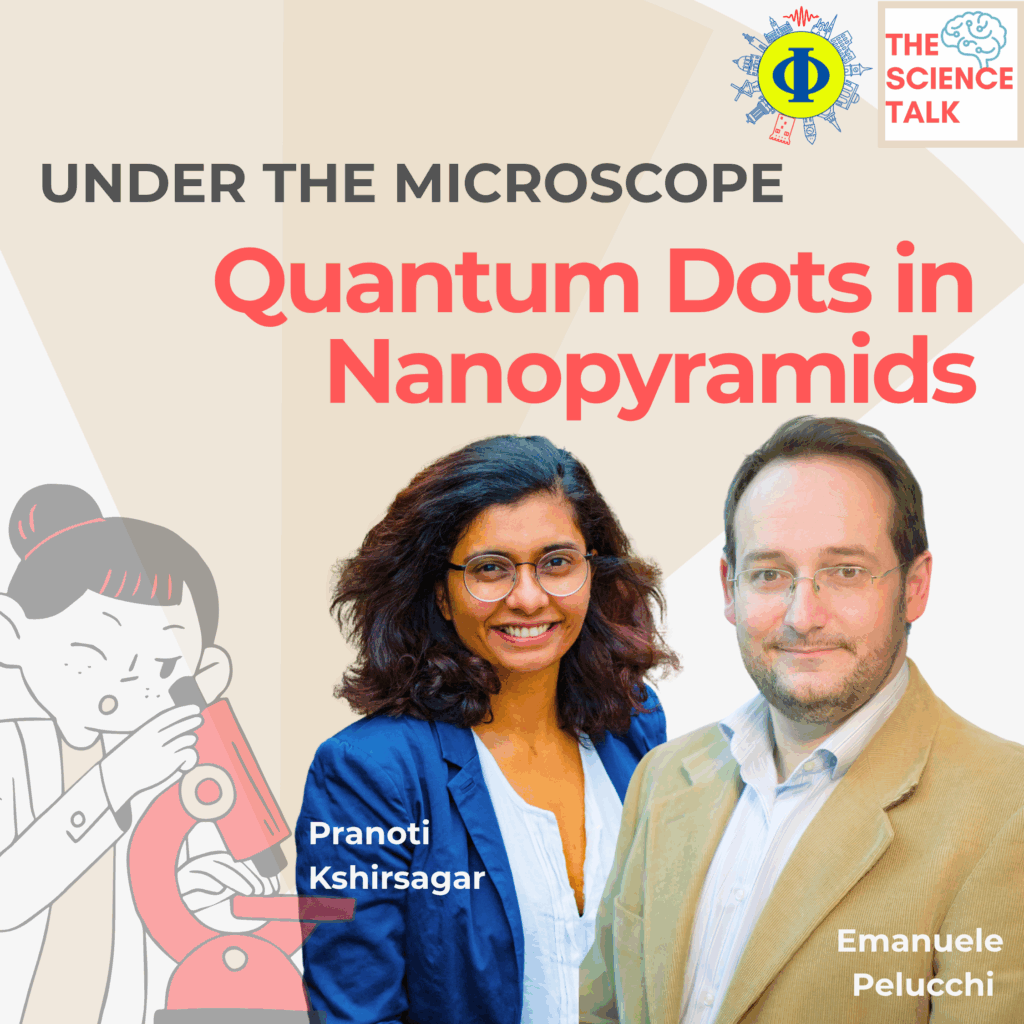
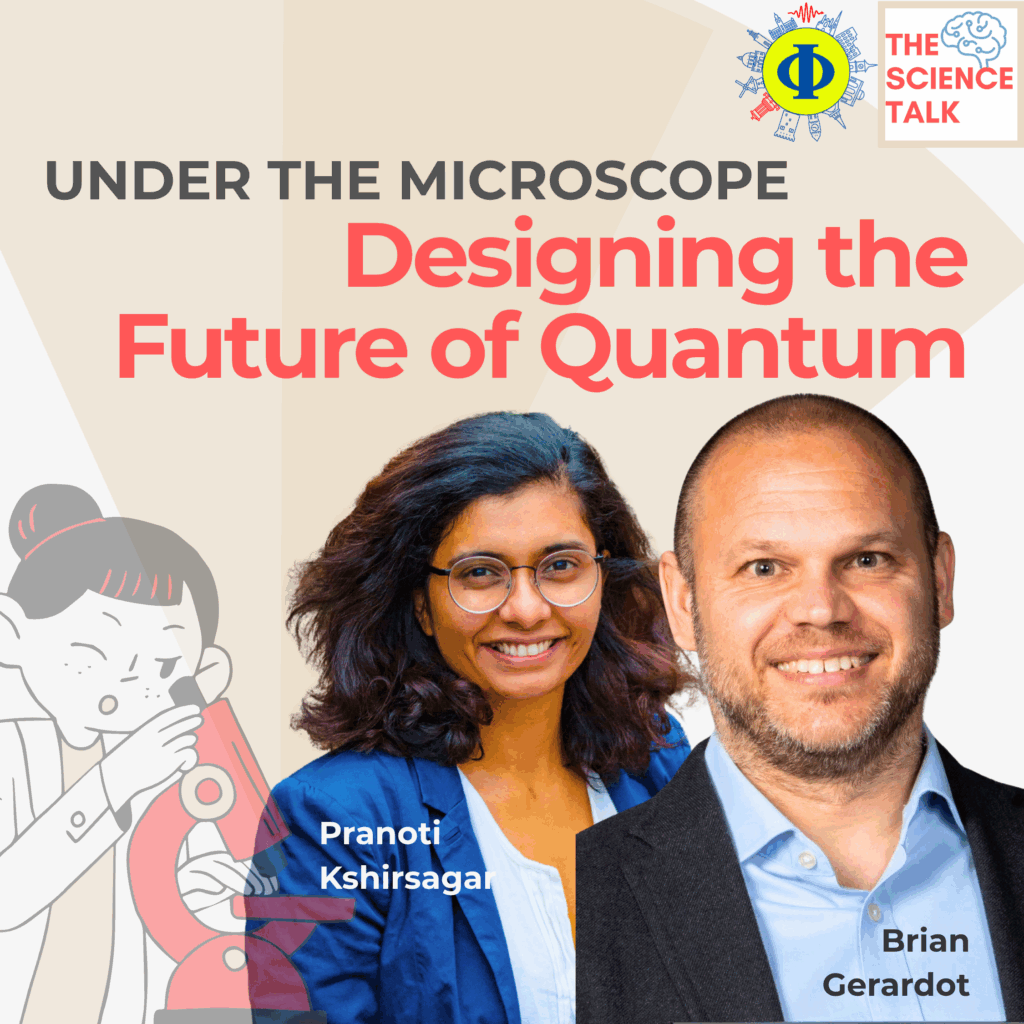
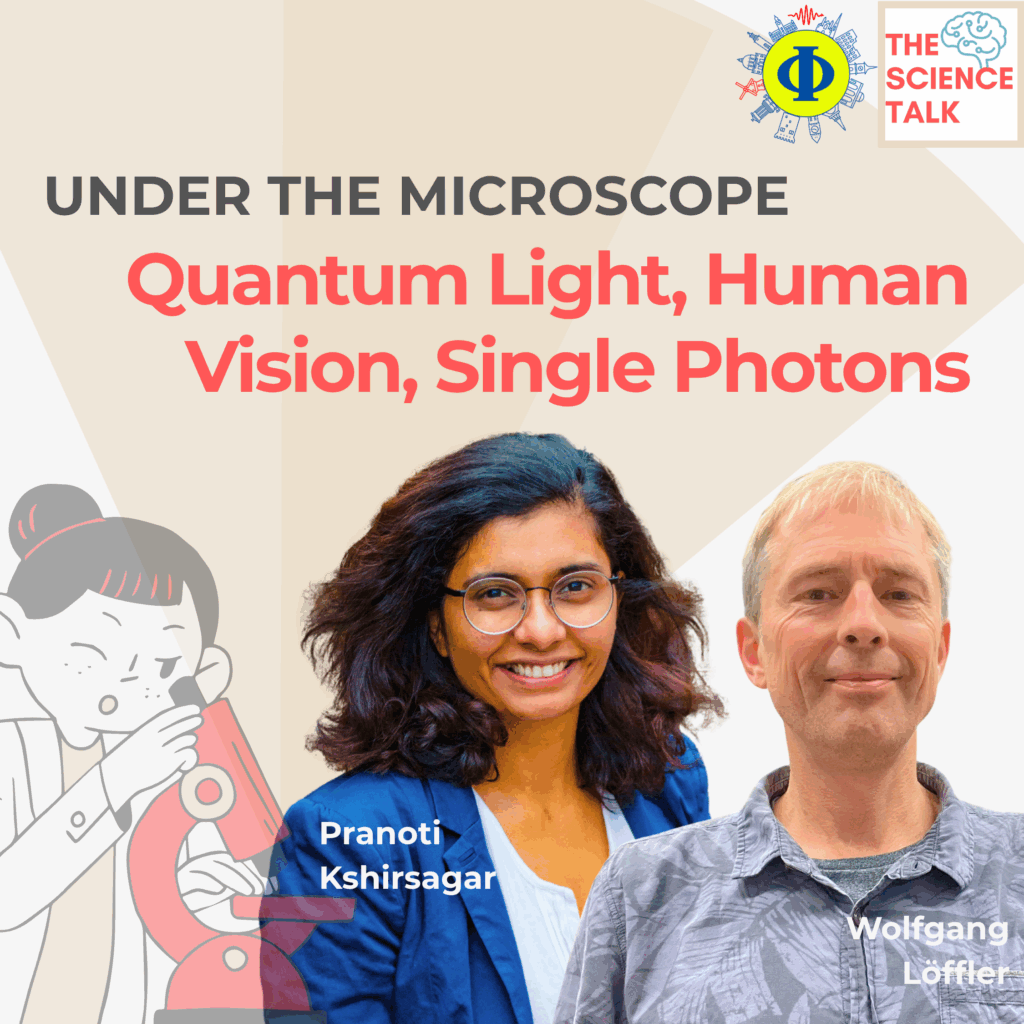
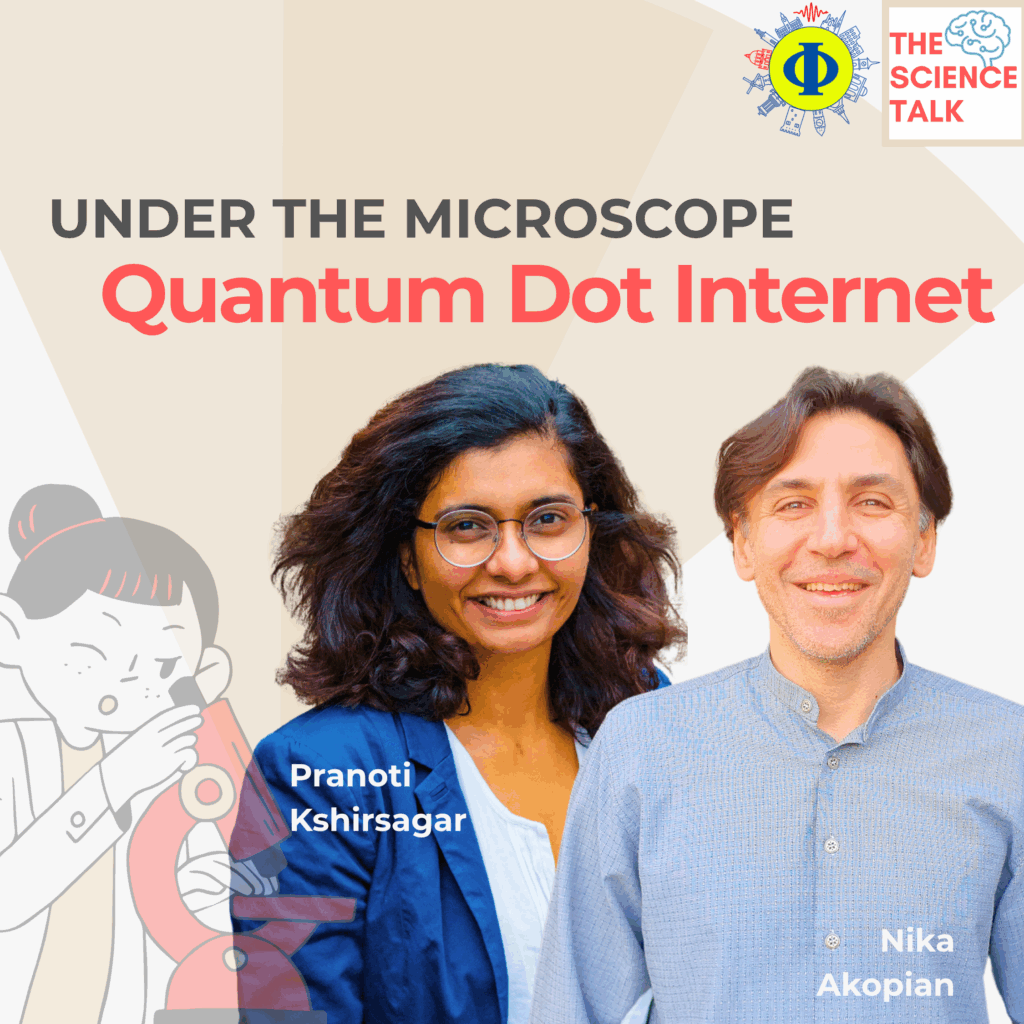
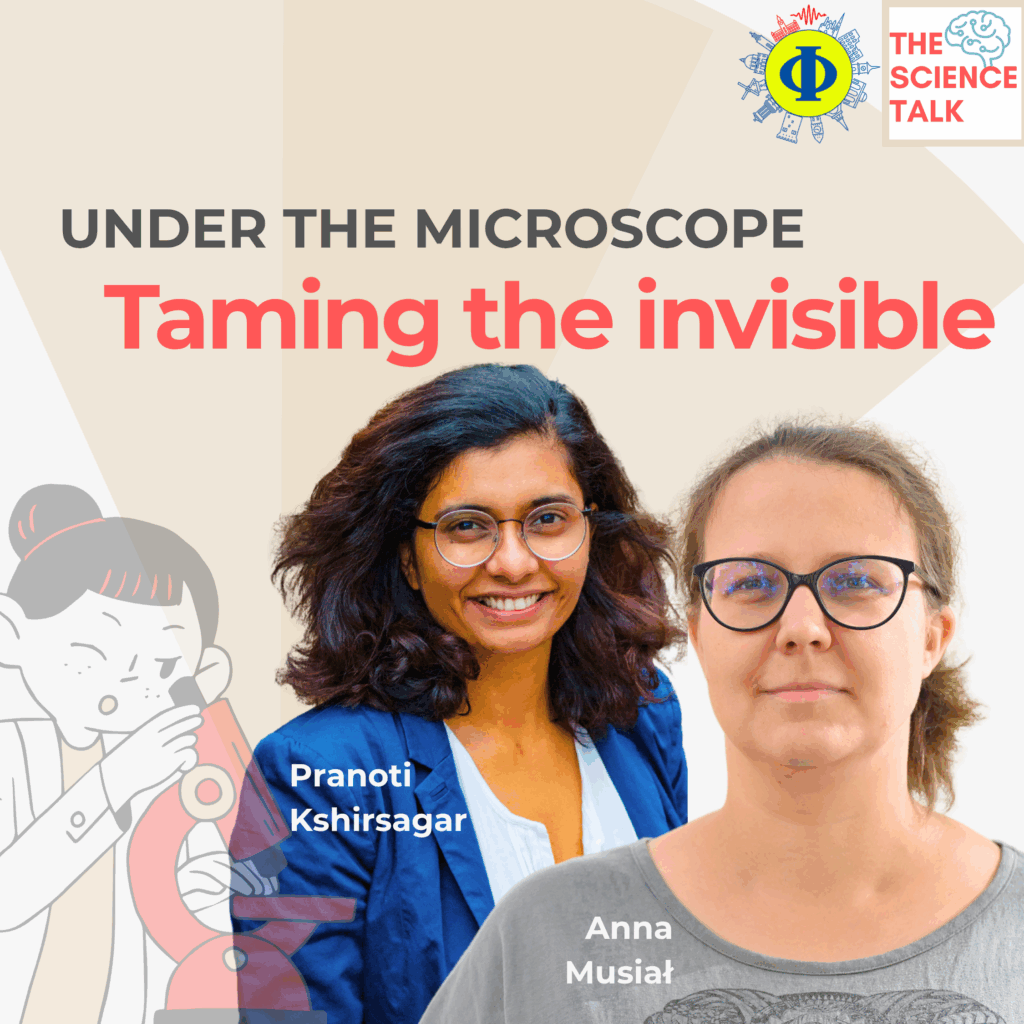
Meet the QuanTour Heroes Individually
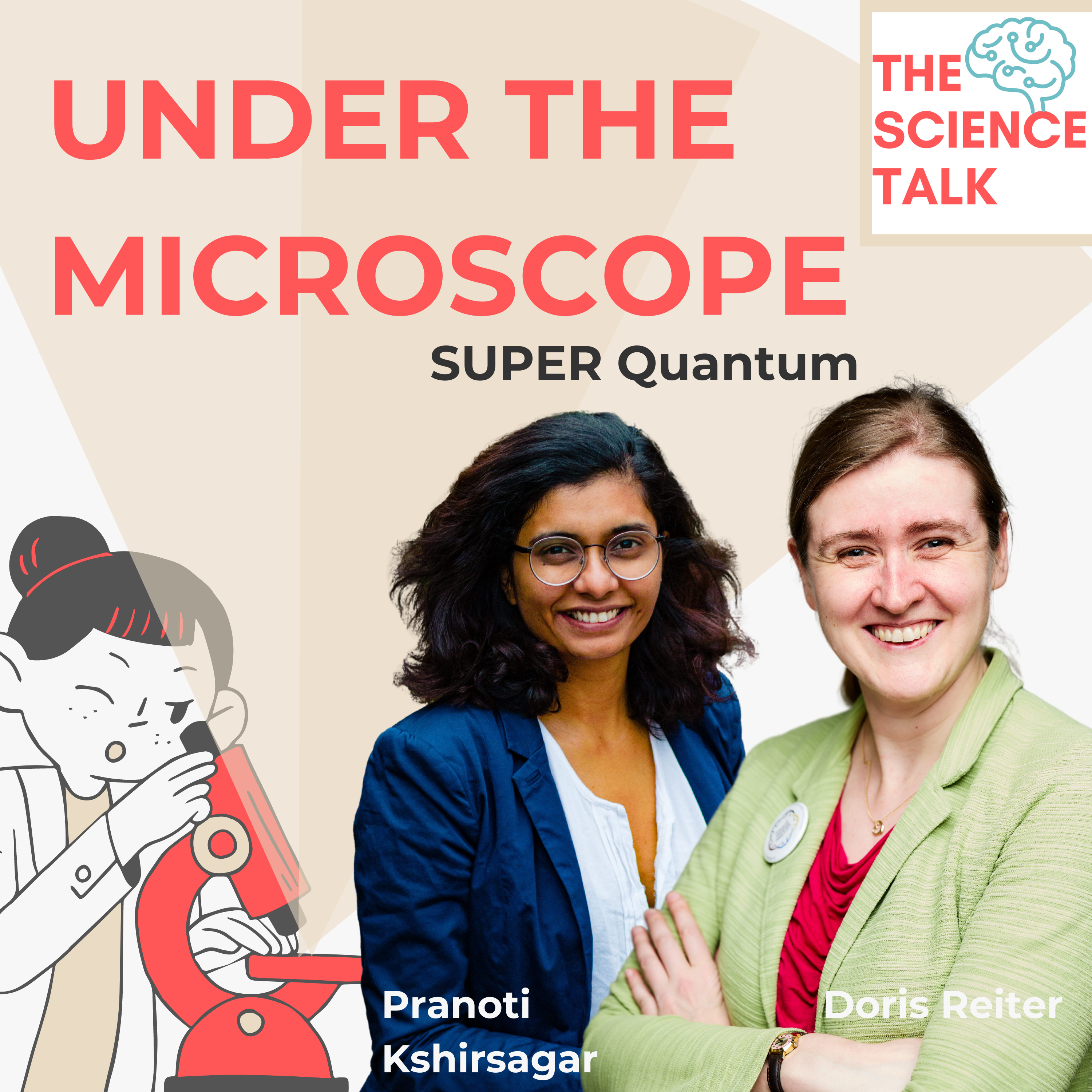
Doris Reiter – Germany
Doris is a theoretical physicist and works at TU Dortmund University in Germany, where she leads the group “Theory of solid-state nanostructures for quantum technologies“. With her group, she proposes new experiments for quantum control or explains theoretically what is observed in measurements. Doris is active in the German Physical Society (DPG) and its working group AGyouLeaP and organized several lecture formats, including Semiconductors for Breakfast, and now QuanTour!
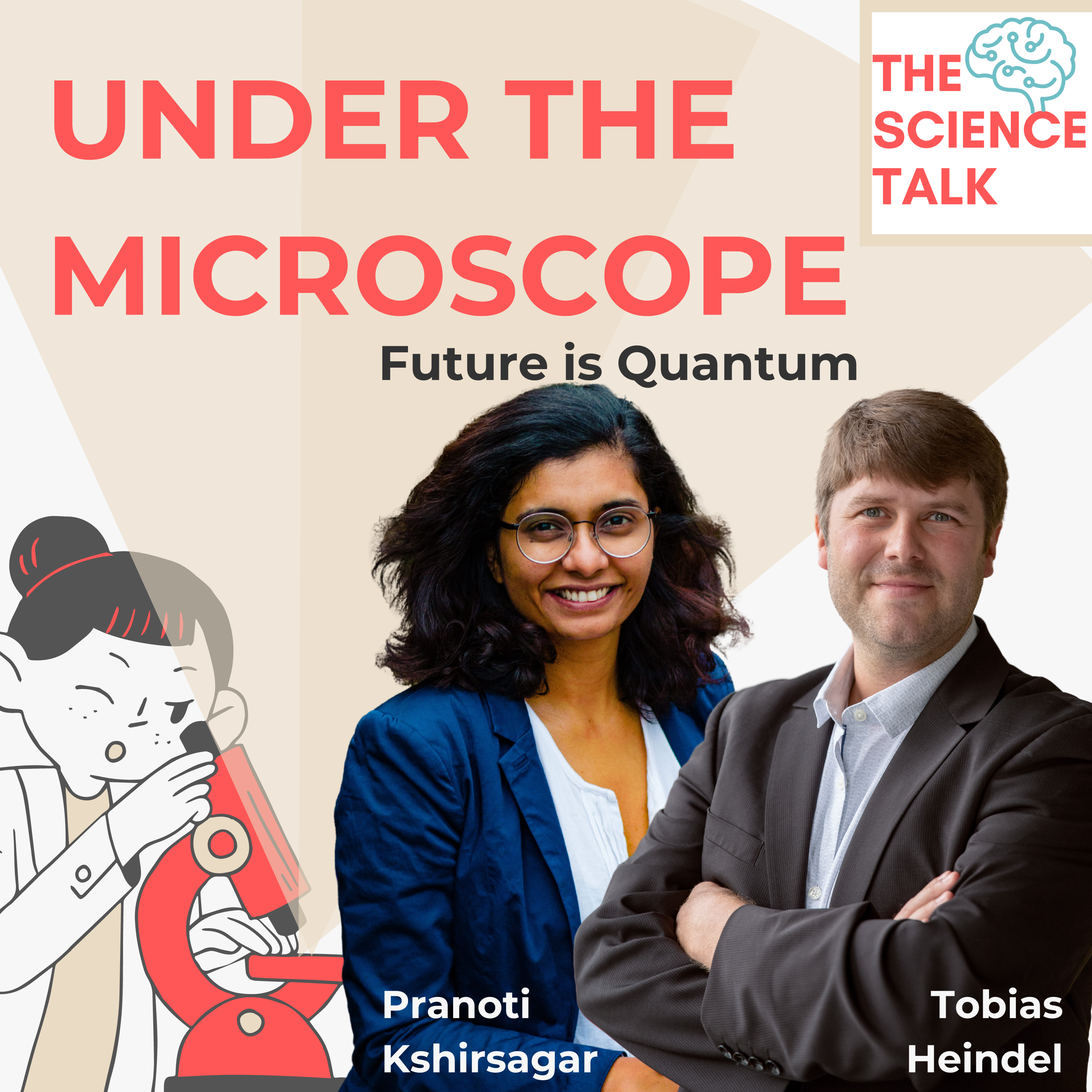
Tobias Heindel – Germany
Tobias is an experimental physicist and leads the research group “Quantum Communication Systems” at TU Berlin, Germany. His research aims to explore the foundations and develop applications of quantum information science exploiting quantum materials. In his group, the quantum light source for QuanTour was developed. He is active in the German Physical Society (DPG) and its working group AGyouLeaP, organizing amongst others the lecture series “Physics and Pizza”.
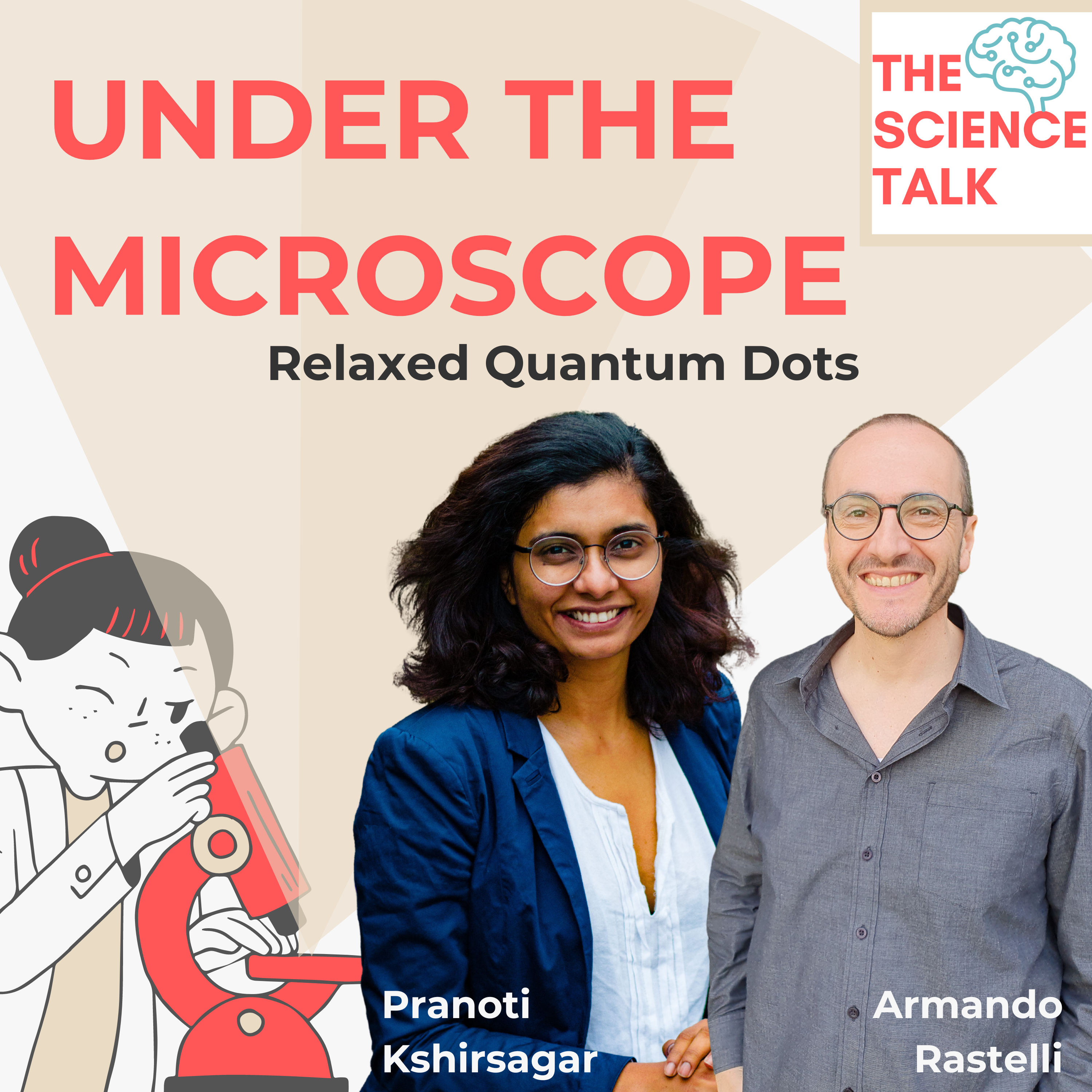
Armando Rastelli – Austria
Armando works at Johannes Kepler University (JKU) in Linz, Austria. His lab serves as the first stop for the quantum light source. At JKU, Armando heads the semiconductor physics division. In Austria, numerous groups are dedicated to quantum communication, converging under initiatives like Quantum Science Austria. Beyond quantum physics, Austria boasts stunning mountains, and Linz is situated along the majestic River Danube. Anticipate some beautiful pictures from the Source’s first stop!
In the podcast, Armando explains what quantum dots and chocolate cookies have in common.
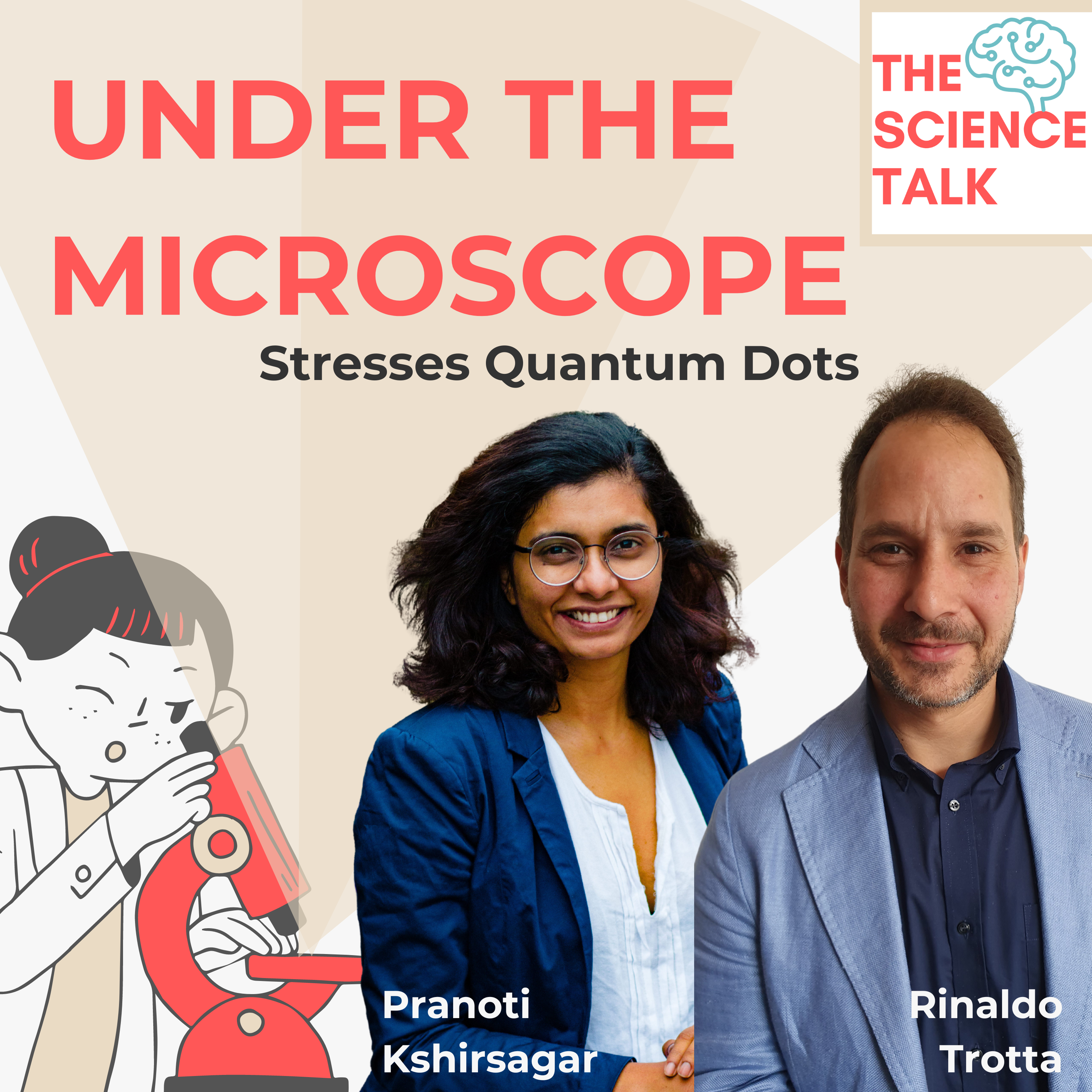
Rinaldo Trotta – Italy
Rinaldo works at Sapienza University of Rome, one of the largest universities in Europe located in the capital of Italy! He leads the Nanophotonics group, specializing in entangled photons. Sometimes, they even send these photons across the rooftops of Rome. We’re excited to see the historic buildings in the ancient city of Rome and witness the quantum vs. classical fight at the Colosseum. Maybe the source can even taste some of the world-famous Italian food!
Read more about Rinaldo and his group hereIn the podcast, Rinaldo explains his exciting work in the field of nanophotonics.
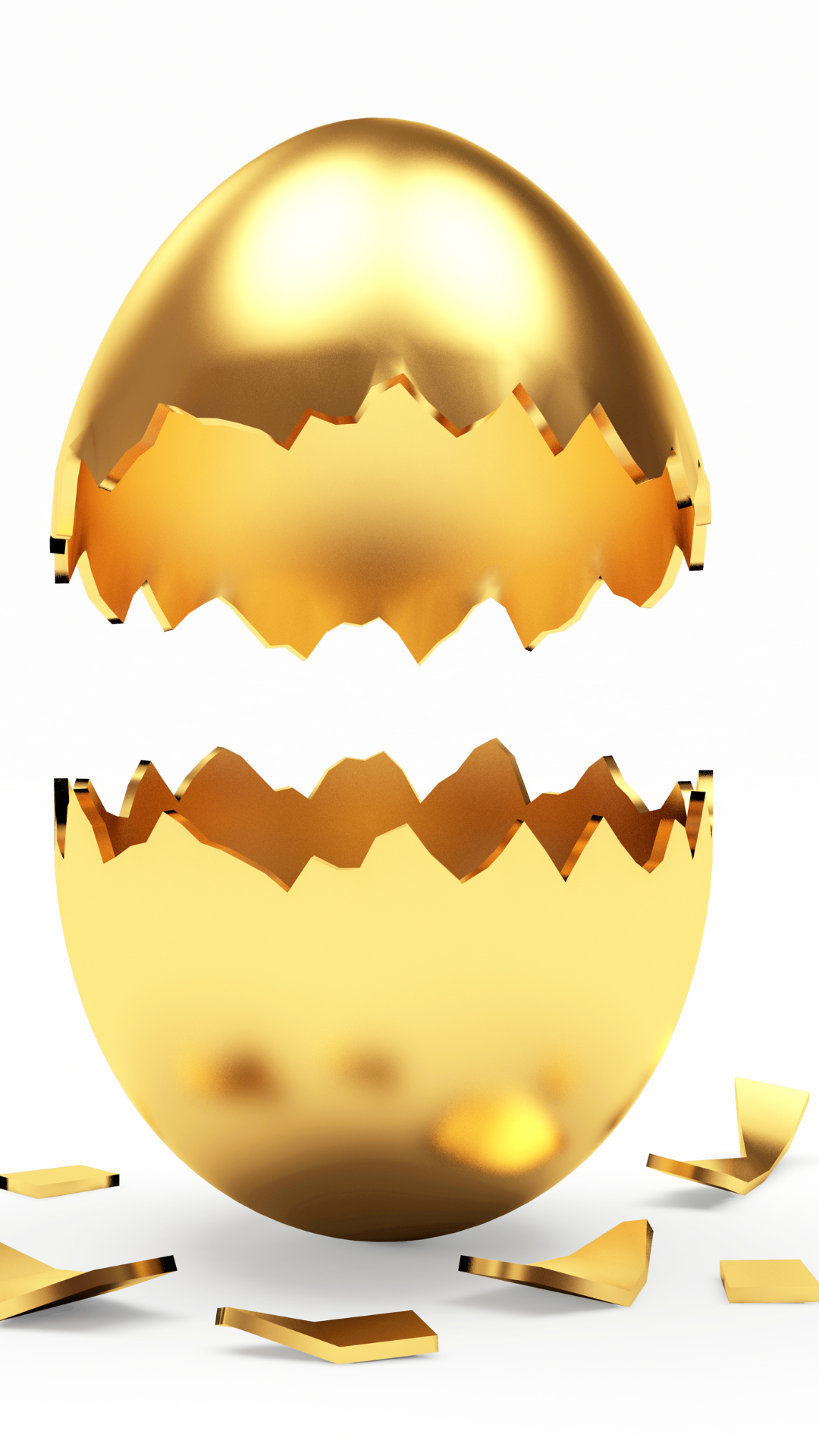
Richard Warburton – Switzerland
Richard and his Nano-Photonics group are based at the University of Basel in Switzerland. The University of Basel holds the distinction of being the oldest university in Switzerland, with a rich history spanning over 500 years. Richard’s research goal is to integrate a single photon source with a spin qubit. Amidst the picturesque mountains, the team delves into the mysteries of quantum optics with quantum dots. In addition to its renowned scholars, Basel is celebrated for its art and museums. Perhaps the source will pay a visit?
Read more about Richard and his group here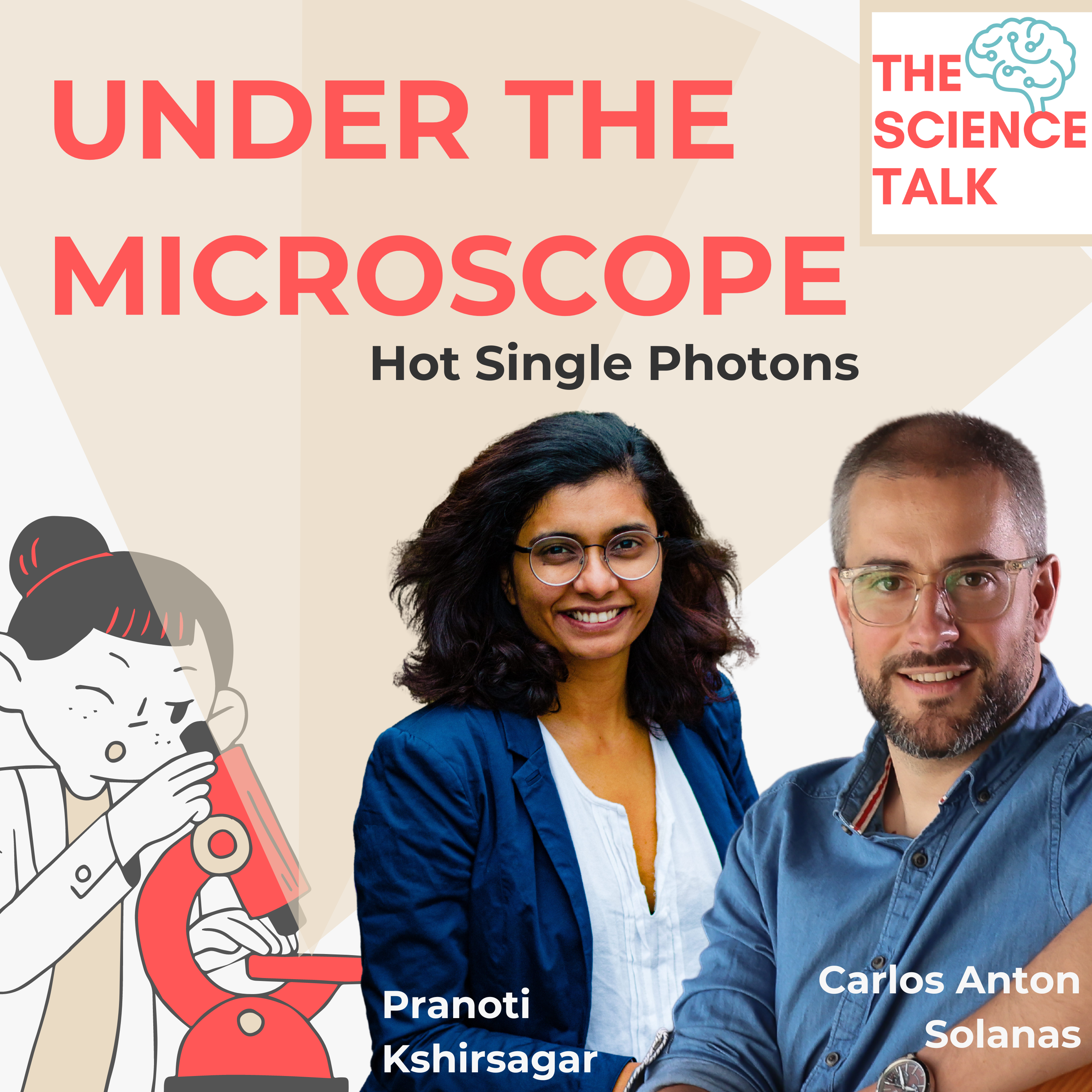
Carlos Antós Solanas – Spain
Carlos and his lab are situated at the Universidad Autónoma de Madrid, ranked as the top university in Spain in 2022. Specializing in experimental quantum photonics, this young group aspires to expand the frontiers of knowledge in the field. With Spain renowned for its warm weather, it’s the perfect season for the source to spend its summer there. It might even take some holidays. While Madrid may be located at the heart of Spain, unfortunately, the seaside is too far away for a swim. Nevertheless, the source is sure to relish some wonderful moments in the vibrant city of Madrid.
Read more about Carlos and his group hereIn the podcast, Carlos explains his exciting work in the field of hot single photons.
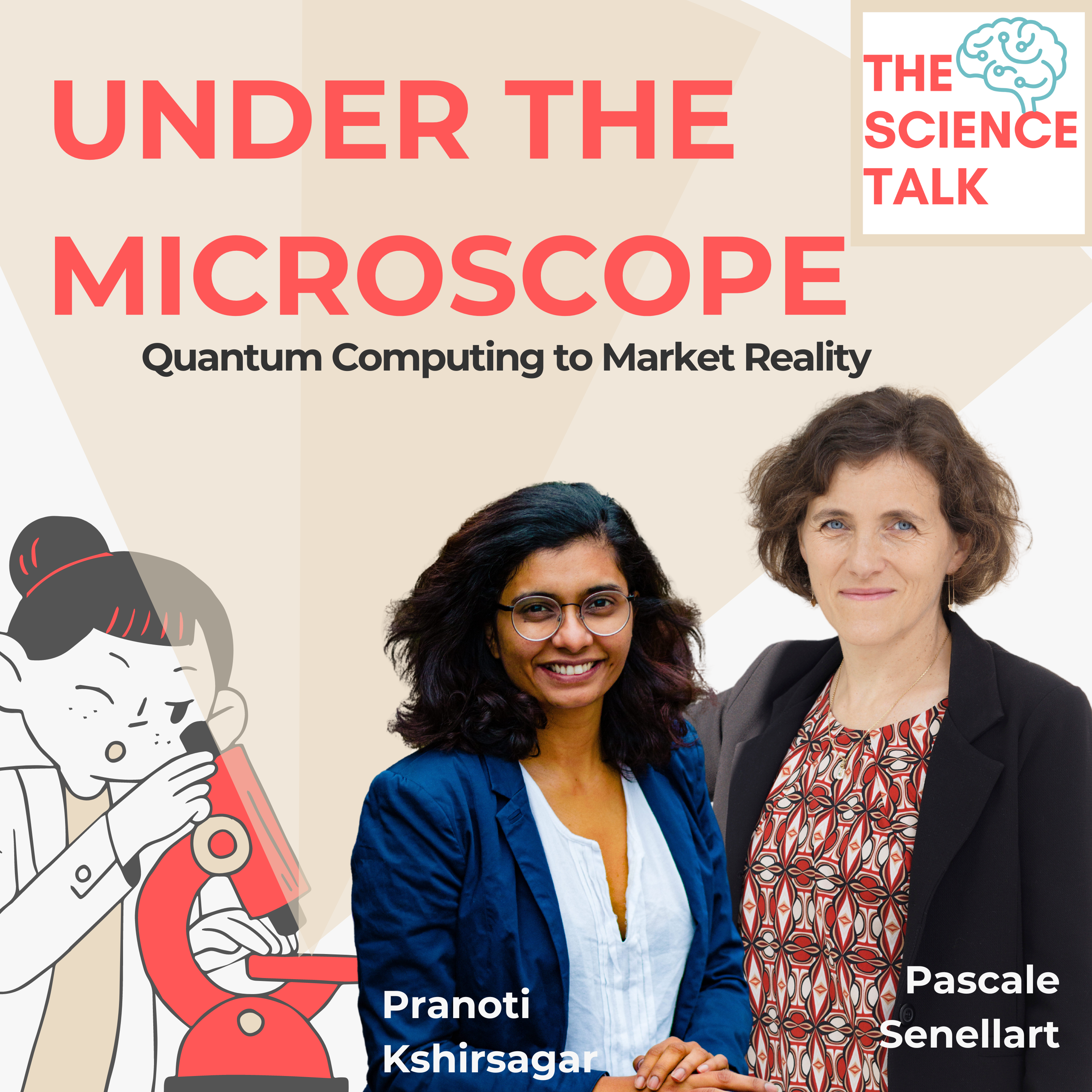
Pascale Senellart-Mardon – France
Pascale works in the capital of France – Paris! Due to Paris’s vastness, there isn’t just one university, but many! Pascale’s lab, “Optics of Semiconductor Nanostructures,” is located at Université Paris-Saclay. She and her team delve into the fundamental aspects of light-matter interaction, advancing towards optoelectronic devices. When the source arrives in Paris, the Olympic Games will have just concluded. Perhaps the source can still engage in some exercise at the stadium? The source is eager to explore some of Paris’s many famous icons – the Eiffel Tower, Notre Dame, or the Louvre.
Read more about Pascale and her group hereIn the podcast, Pascale explains her exciting work in the field of quantum computing.
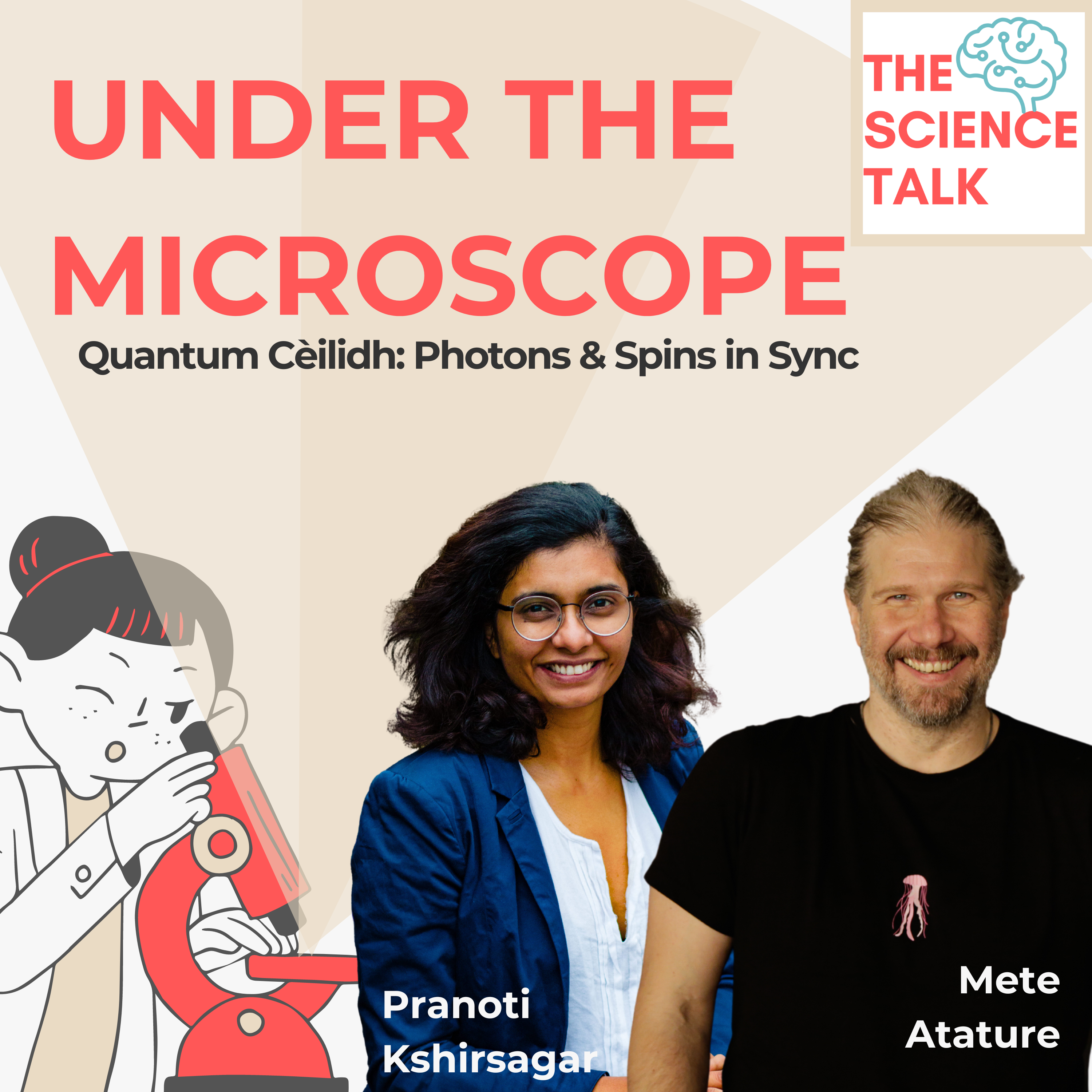
Mete Atature – England
Mete is the head of the Cavendish Laboratory in Cambridge! He leads the “Quantum Optical Materials and Systems” group, which boasts broad research interests spanning quantum dots, color centers in diamond, and atomically thin layered materials. As a venerable institution, Cambridge University is part of England’s Golden Triangle. Thus, the colleges at Cambridge University are also a popular sightseeing destination. Let’s explore the campus together!
Read more about Mete and his group hereIn the podcast, Mete explains his exciting research in the field of quantum sensing, networks and communications.
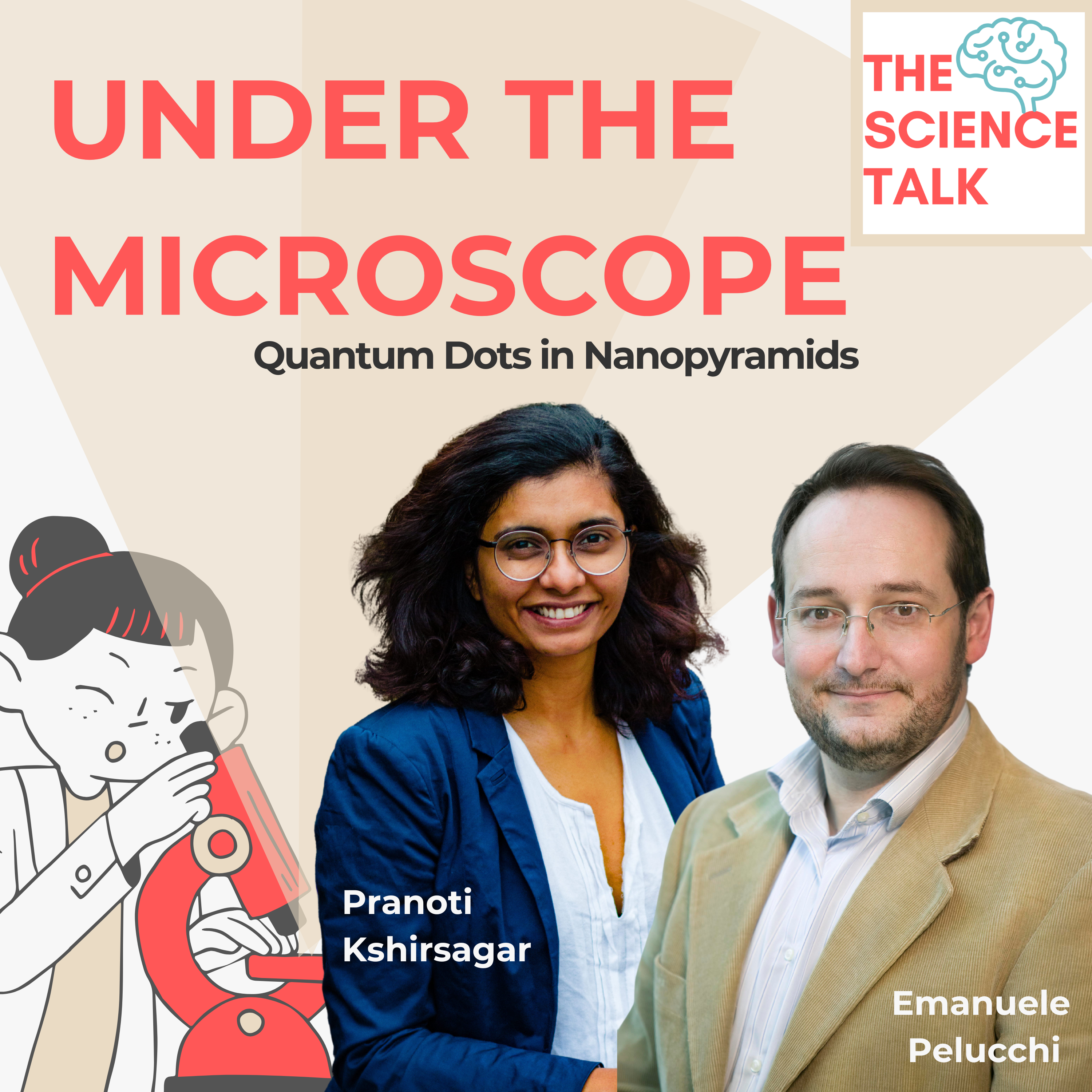
Emanuele Pelucchi – Ireland
Emanuele leads the Epitaxy and Physics of Nanostructures (EPN) group, where he cultivates quantum light sources. His site-controlled quantum dots resemble little pyramids. Situated at the Tyndall National Institute, they focus on advancing Information and Communications Technology. Located in Cork, Ireland, the institute has roots dating back to the Vikings over 1000 years ago. History also holds great interest for Emanuele, so let’s explore the history of quantum dots and Cork together in Ireland!
Read more about Emanuele and his group hereIn this podcast, Emanuele highlights the importance of site-controlled quantum dots and epitaxial growth.
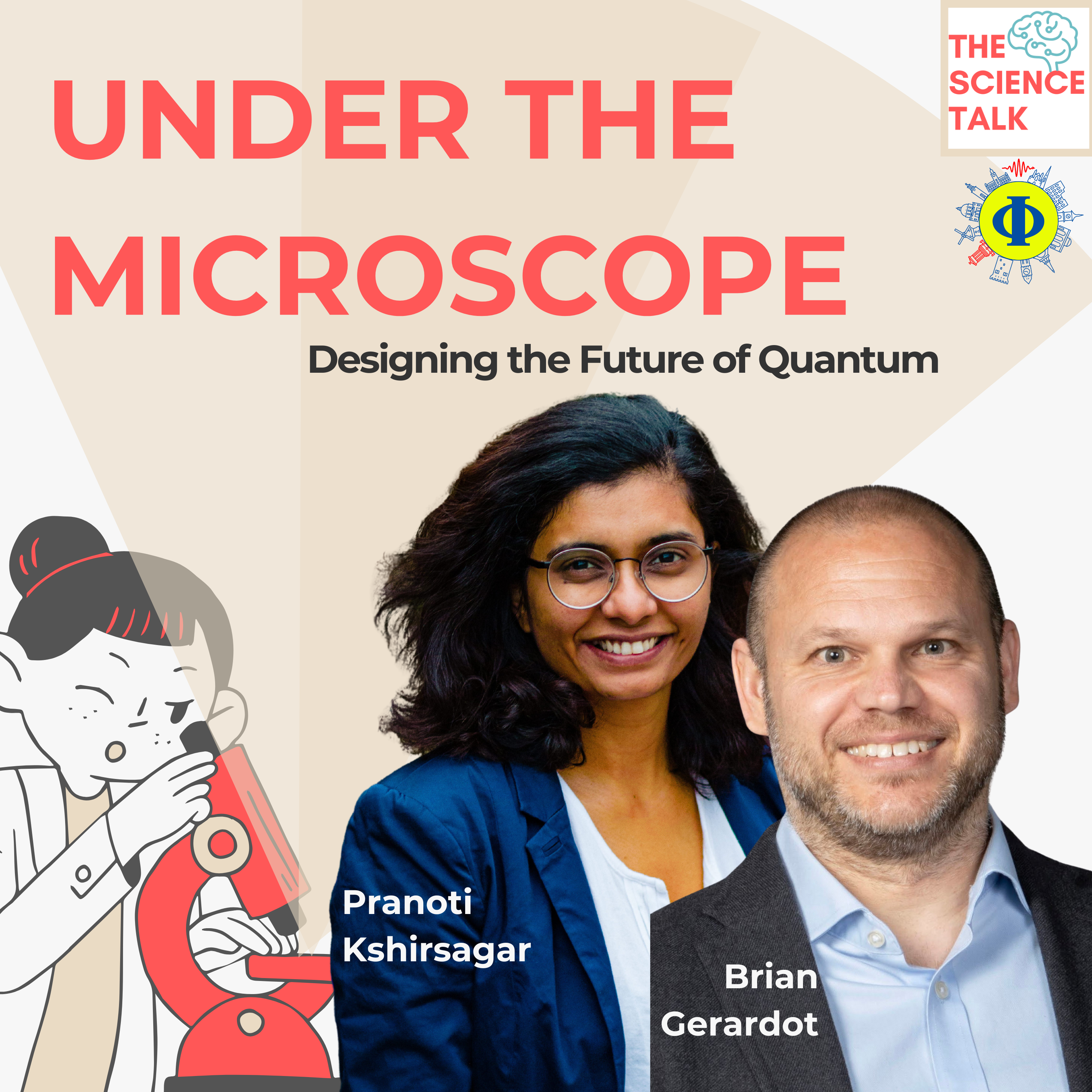
Brian Geradot – Scotland
Brian and his “Quantum Photonics Laboratory” are situated at Heriot-Watt University in Edinburgh. Together, they innovate novel quantum devices and contribute to the development of future quantum-secure networks. Their university is named after two notable figures – the inventor Harriot and the philanthropist Watt. Scotland is renowned for its brisk winds and chilly rain. If the weather permits, the Source is eager to explore the Old and New Towns of Edinburgh. It would be thrilled to visit the Scottish Parliament, where perhaps it could attend a live session.
Read more about Brian and his group hereIn this podcast, Brian highlights the importance of quantum science in emerging technologies.
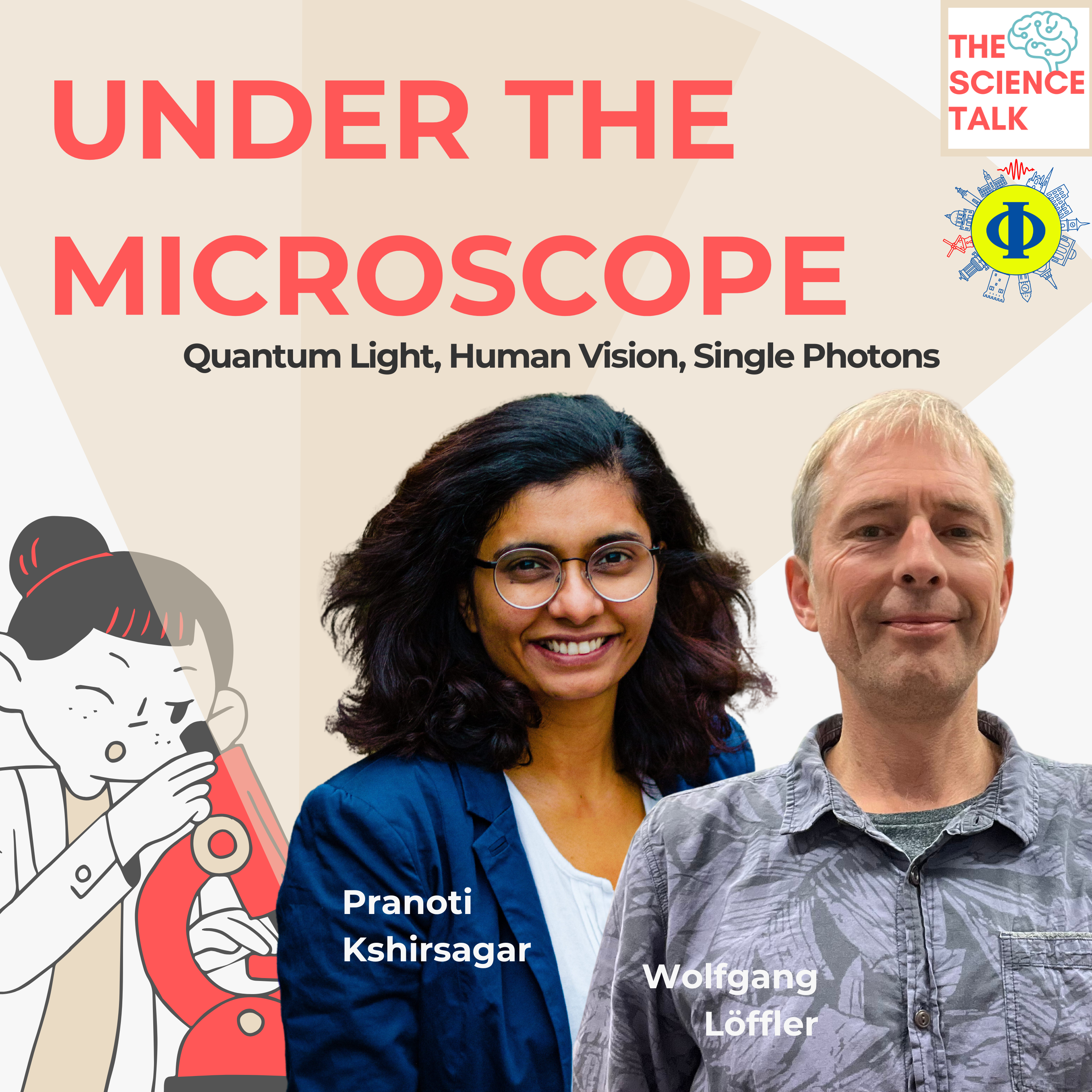
Wolfgang Löffler – Netherlands
Wolfgang is based at the Quantum Matter and Optics Laboratory in Leiden. His group, “Solid State and High Dimensional Quantum Optics,” focuses on physics at the single-quantum level and endeavors to entangle even more photons. Leiden is a bustling university city with a vibrant atmosphere, owing to its many students. Interestingly, the king of the Netherlands, Willem-Alexander, is also an alumnus of Leiden University. While exploring the picturesque city of Leiden, perhaps the Source can do so by bicycle or boat? It certainly wishes to visit the charming Christmas markets in Leiden!
Read more about Wolfgang and his group hereIn this podcast, Wolfgang highlights the importance of quantum light and single photons.
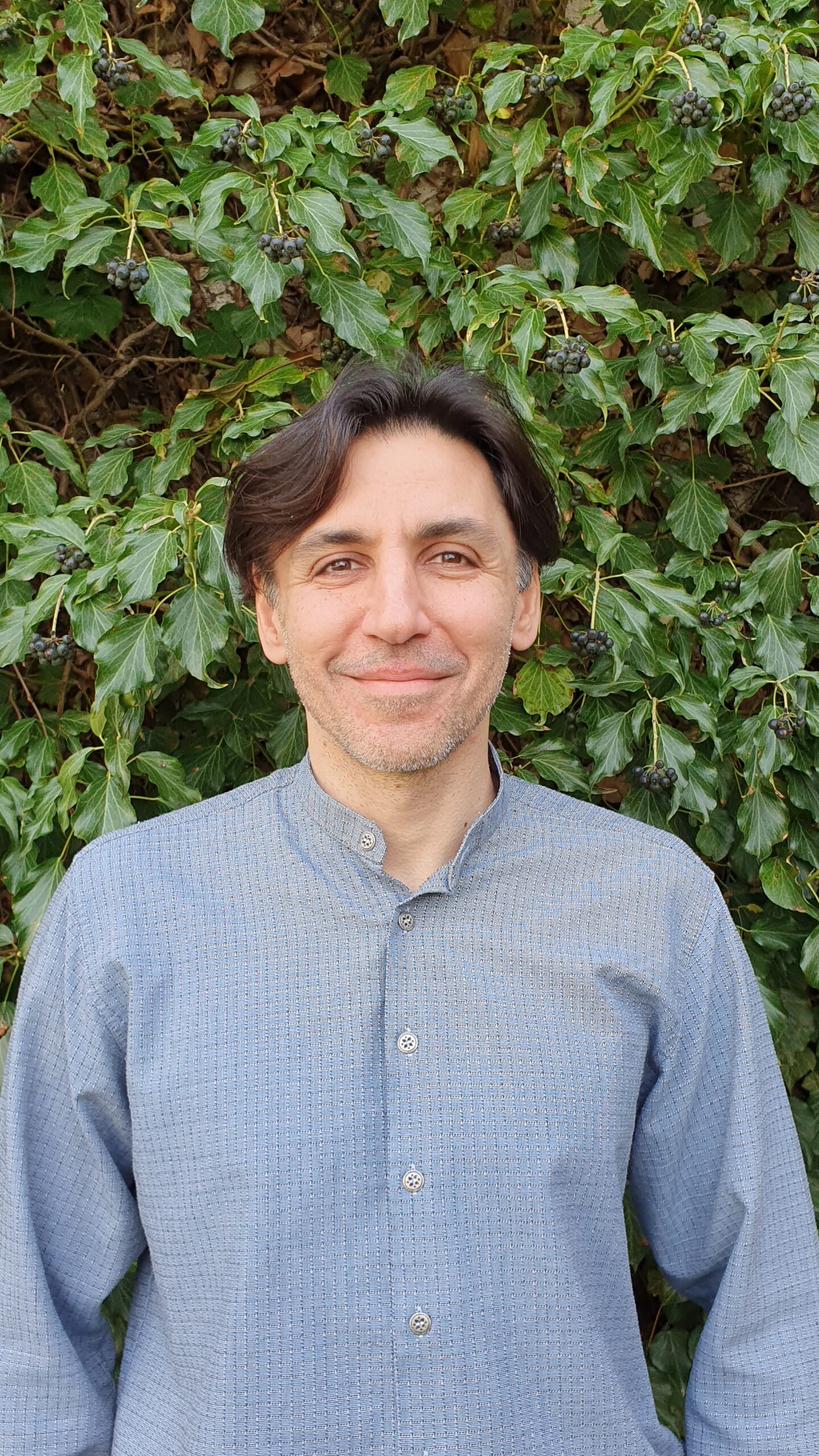
Nika Akopian – Denmark
Nika’s laboratory is situated at DTU – the Technical University of Denmark, located just a few kilometers outside Copenhagen. Established as the “College of Advanced Technology” as early as 1829, it has evolved significantly over the years. Nowadays, Nika and his group are dedicated to pioneering the development of the forthcoming Quantum Internet, utilizing quantum dots, nanowires, and hybrid atomic-solid state systems. Copenhagen is renowned for its high quality of life, considered one of the best in the world. The Source eagerly anticipates leisurely strolls through the city, cruising the canals, or simply relaxing by gazing out at the sea.
Read more about Nika and his group here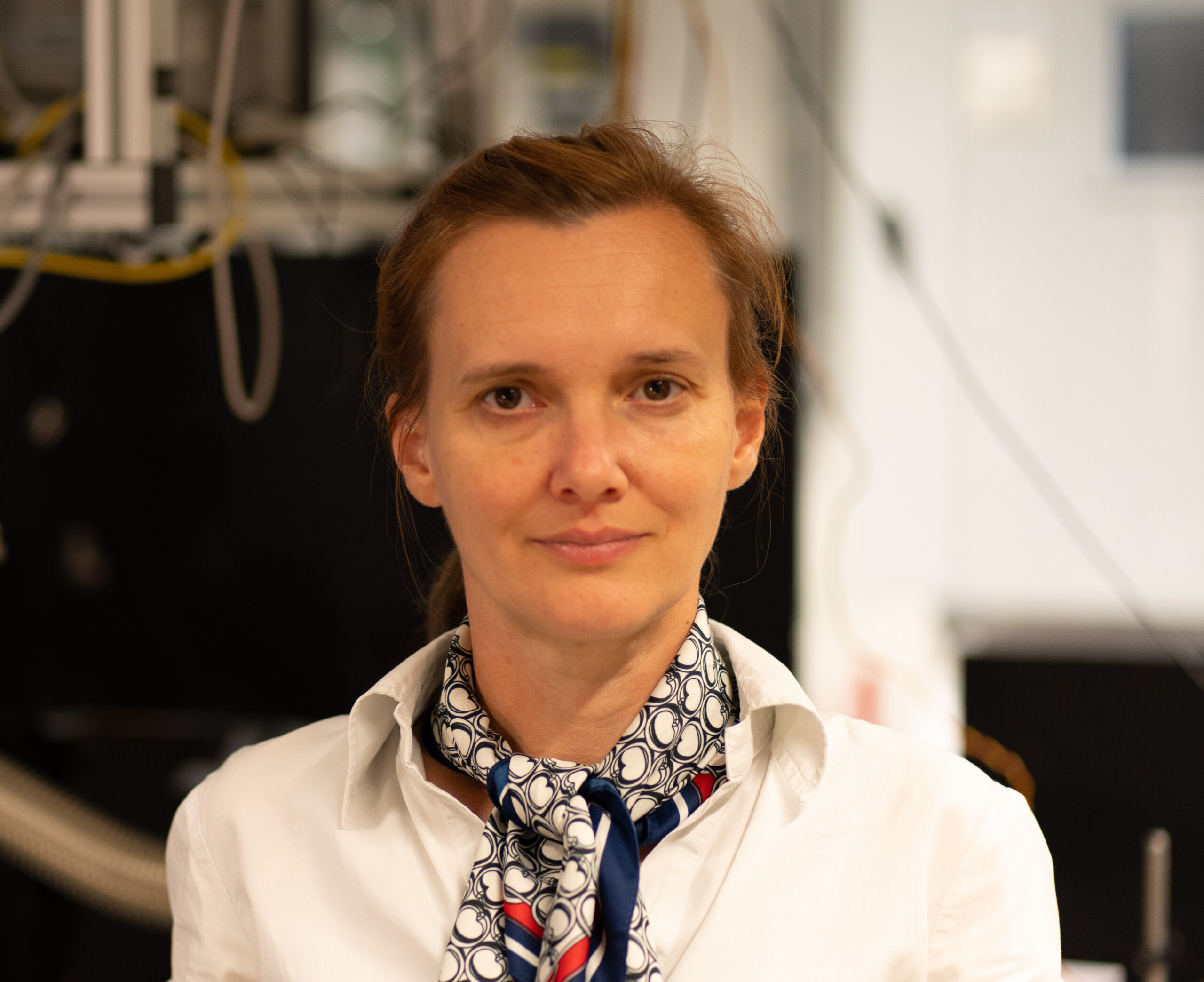
Ana Predojevic – Sweden
Ana leads the Quantum Photonics group at Stockholm University in Sweden. Utilizing coupled quantum dot cavity systems, they delve into the application of light for communication and sensing. Stockholm University, with its four different faculties, is situated at what is known as Experimentalfältet – “the field for experiments.” In Stockholm, the Nobel Prize ceremonies and banquets take place. Perhaps the source can visit the site where so many famous scientists were honored with one of the greatest accolades.
Read more about Ana and her group here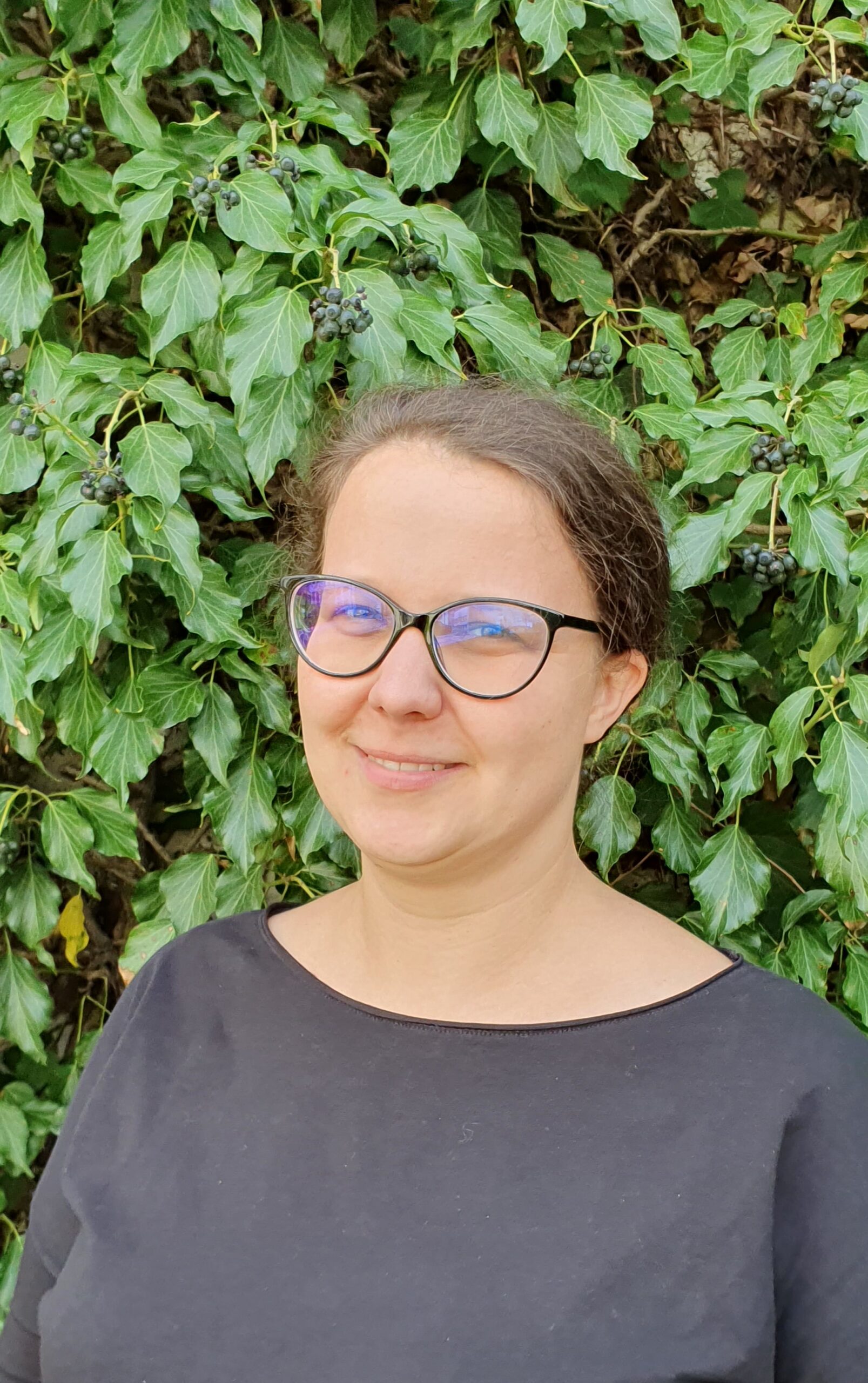
Anna Musiał – Poland
Anna works at the Laboratory for Optical Spectroscopy of Nanostructures at Wrocław University of Science and Technology. Together with many colleagues, they explore the physics of light-matter interaction. Situated next to the river Oder, they work within some of the most beautiful university buildings. Wrocław boasts numerous historical landmarks, from historic churches to the Centennial Hall, featured in modern movies. Within the Polish community, the source will greet many scientists in at least four different labs. It will be delighted to explore more of Poland before returning to Germany.
Read more about Anna and her group here